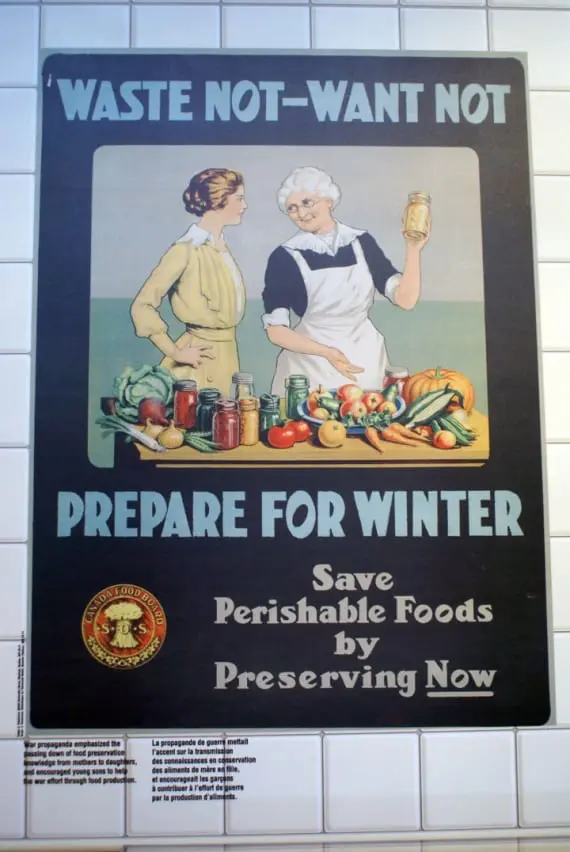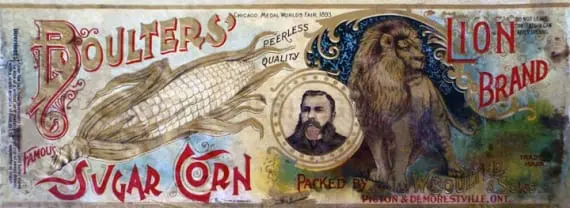Two History Moments produced by History Lives Here Inc. on the canning industry of Prince Edward County are featured at a new exhibit, which opened May 13th at the Canadian Agriculture and Food Museum in Ottawa.

Food Preservation: The Science You Can Eat is an exhibit which tells visitors the story of food preservation from the first days of settlement when aboriginal peoples and settlers dried, salted and buried food to survive long winters to technological advances such as the canning of foodstuffs in the 1880s and development of frozen foods in the 1930s. Today, scientific innovation in the food industry allows us to grow and import food from all over the world that retains its nutritional value over an extended shelf life. Finding ways to preserve food is one of the greatest advances in civilization.

Canadians can take credit for many of these scientific breakthroughs. Research at the Central Experimental Farm in Ottawa where the museum is located has resulted in a staggering number of discoveries of new plant varieties, processing techniques, and food products. While the preservation of food through the canning process dates back to the Napoleonic era, the fruit and vegetable canning industry in Canada took root in the small community of Prince Edward County in the 1880s. In 1882, Wellington Boulter, the father of the canning industry in Canada, started a small factory in Picton, Ontario. Soon other factories dotted the landscape of this small community, and the area became so dominant in the industry shipping canned goods all over the world that the region became known as the Garden County of Canada. Our History Moment on the origins of the canning industry in Prince Edward County is one of two video features showcased in the museum exhibit.

Our second History Moment featured in the exhibit tells the story of early attempts to advertise canned goods. The first products of the canning industry would be considered unacceptable by today’s standards. Lids were soldered shut by hand and bits of solder often dropped into the canned food. The first tins reacted with the food and caused lead poisoning. Sanitary practices throughout these rudimentary factories were largely absent as the science of canned foods had yet to be discovered. To counter consumer resistance, the early canners spent a great deal of effort on the labels that adorned their products. Embossed colour labels created by design firms in Toronto, Hamilton and Montreal enticed consumers to try these canned products. Today, these spectacularly beautiful labels are artwork that reflects early advertising approaches. Some of the labels that adorned canned goods produced in Prince Edward County were quite likely designed by Group of Seven artists who supported their weekend painting expeditions by day jobs at lithographic firms supplying canning companies with labels.

“We encourage Canadians to take in this wonderful exhibit, “says Peter Lockyer, the producer of the History Moments series. “And we’ve very honoured to have our history features as part of the display. It’s an indication that our work showcasing old forgotten stories from communities throughout Eastern Ontario has a timeless value to museums like the Canadian Agriculture and Food Museum and the thousands of visitors they receive each year.”
To learn more about the Food Preservation: Science You Can Eat exhibit at the Canadian Agriculture and Food Museum, visit their website at http://www.cafmuseum.techno-science.ca





